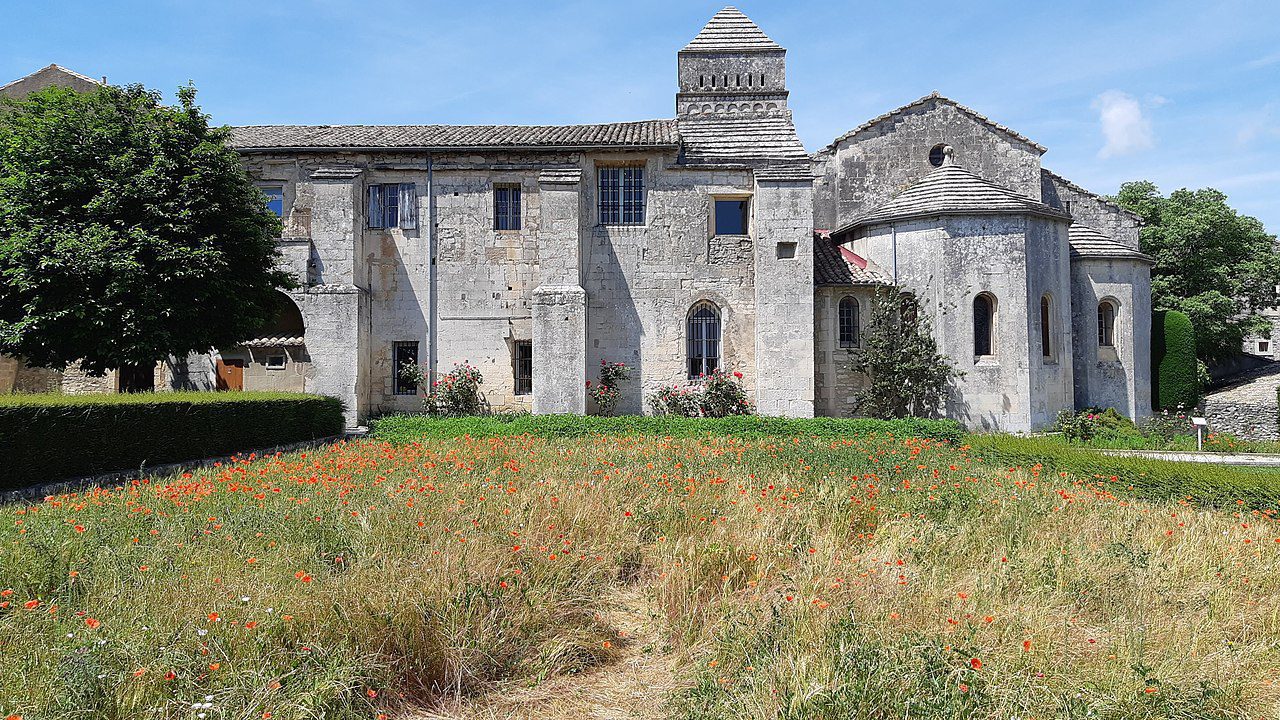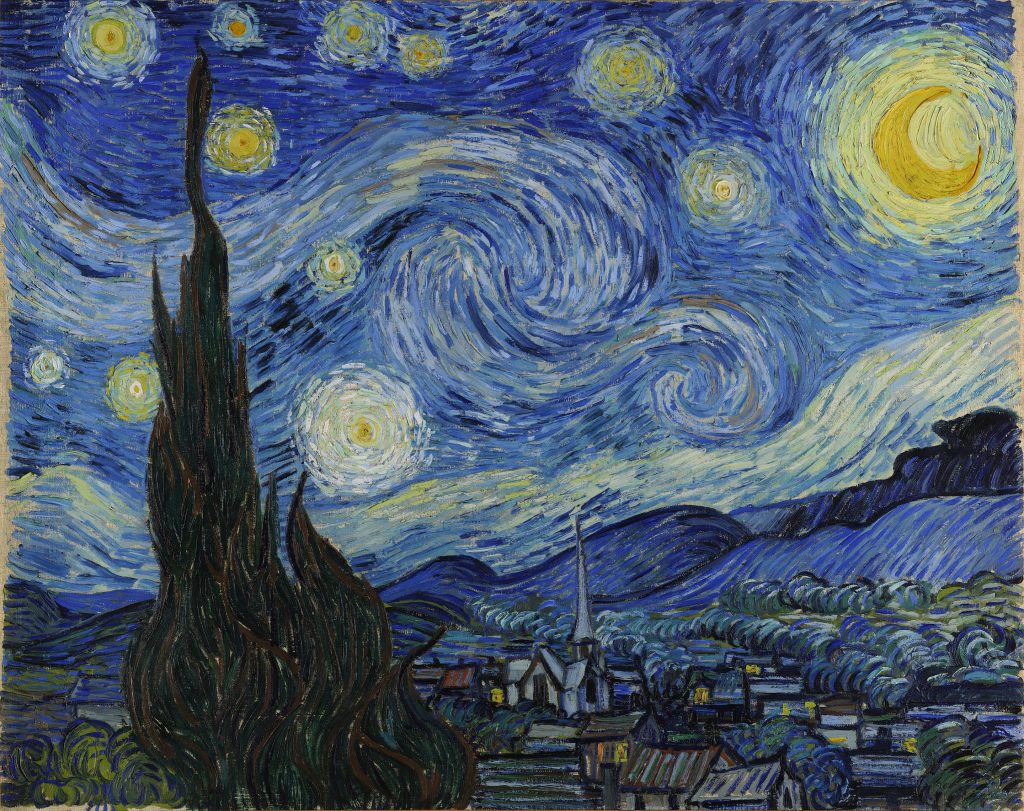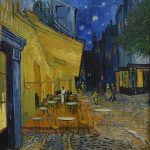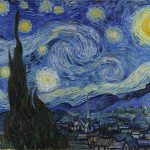
In the heart of Provence lies a structure as unassuming as it is historic: the Saint-Paul-de-Mausole “lunatic asylum.” It’s not a grand palace or a pivotal battleground, but for one of the most celebrated artists in history, Vincent Van Gogh, this asylum was both a sanctuary and a studio. Today, let’s stroll down the corridors of time to uncover how this place played a pivotal role in the life and artistry of Van Gogh, whose brushstrokes of genius continue to dazzle the world.
A Haven Amidst Turmoil
In May 1889, amidst personal turmoil and after episodes that led to the infamous ear incident, Van Gogh admitted himself into the Saint-Paul-de-Mausole asylum in Saint-Rémy-de-Provence. For an artist whose life was as tumultuous as the swirling skies in his paintings, this asylum offered something priceless: respite and a safe haven to heal and create.
Far from dampening his creative spirit, the asylum became the backdrop against which Van Gogh painted some of his most profound works. Within the stone walls of Saint-Paul-de-Mausole, Van Gogh found a peculiar kind of freedom that fueled his art. He had a small room to sleep in and another as a studio. The gardens, the wheat fields that stretched beyond the walls, and even the patients and staff became subjects of his paintings.
The Masterpieces of Saint-Paul
It’s fascinating to consider that some of Van Gogh’s most iconic paintings were born in an environment many would find stifling. “Starry Night,” “Irises,” and “The Wheatfield with Cypresses” are just a few masterpieces he created here. These works are not just paintings; they are windows into Van Gogh’s soul, each brushstroke a testament to his enduring spirit amidst adversity.

Van Gogh’s relationship with the asylum was complex. On one hand, it offered him the stability and peace he desperately needed. On the other, it was a constant reminder of his struggles with mental health. Yet, the prolific period at Saint-Paul-de-Mausole speaks volumes about his resilience. He worked with unprecedented speed, producing over 150 paintings in one year. This period was his most productive, a fervent expression of creativity that defied his circumstances.
The Role of Nature
Nature played a crucial role in Van Gogh’s recovery and creativity during his time at the asylum. He was deeply moved by the changing landscapes, the seasonal blooms, and the shifting colors of Provence. These elements became central themes in his work, a source of solace and inspiration. Through his paintings, Van Gogh communicated not just his internal turmoil but also his profound appreciation for the beauty of the world around him.
Van Gogh’s stint at the Saint-Paul-de-Mausole asylum is a powerful narrative about the intersection of art, environment, and mental health. It challenges the stigma often associated with mental illness, showcasing how, even in the depths of personal struggle, beauty and creativity can flourish.
The asylum remains a place of pilgrimage for art lovers and scholars, a tangible connection to the artist’s final years. It stands as a testament to Van Gogh’s unbreakable spirit and the indomitable power of art to heal, inspire, and transcend.
A Final Thought
Van Gogh’s time at Saint-Paul-de-Mausole lunatic asylum encapsulates the essence of his journey as an artist and as a person. It reminds us that places, no matter how seemingly bleak, can become crucibles for transformation and creativity. Van Gogh’s legacy, immortalized through his paintings, continues to inspire millions, proving that even in our darkest hours, there can be light, color, and hope.
So next time you gaze upon a Van Gogh, remember the story of a man, an asylum, and the indomitable power of art. It’s a narrative that resonates deeply within the human spirit, a reminder that beauty often blossoms in the most unexpected places.




